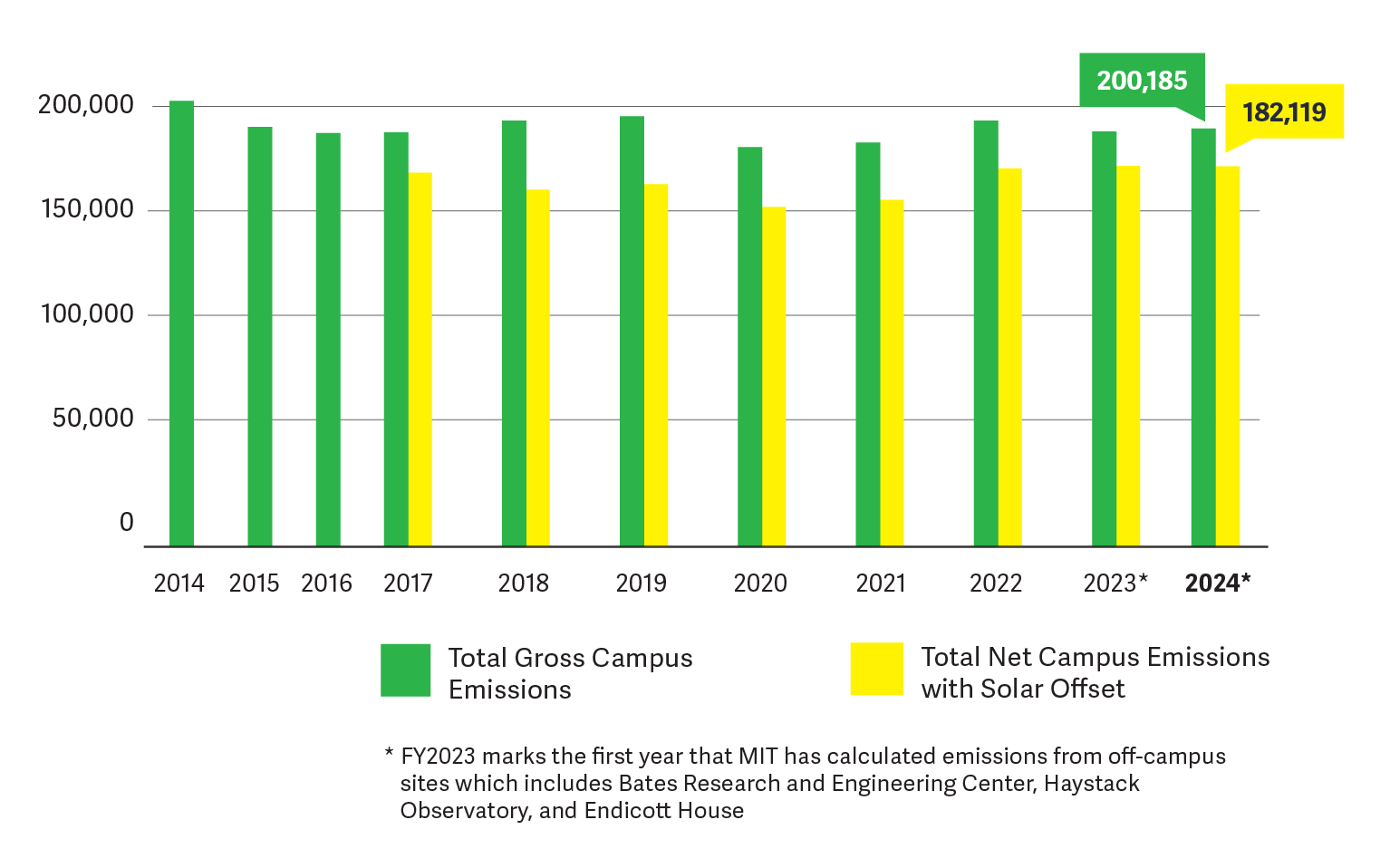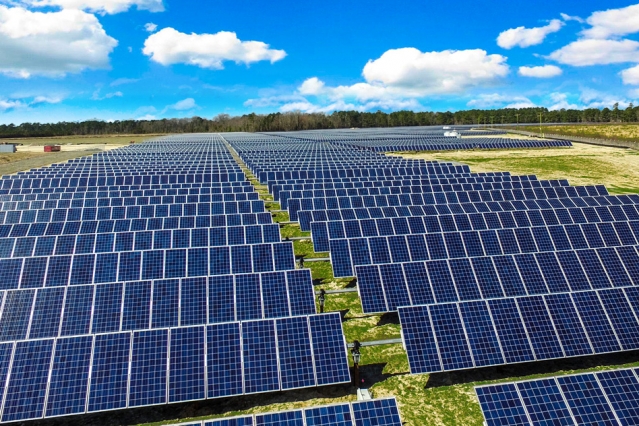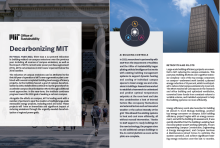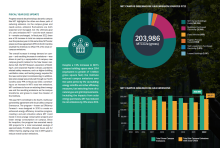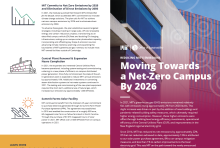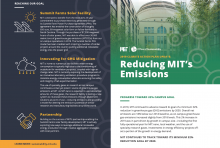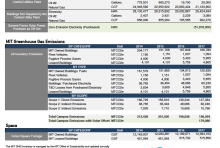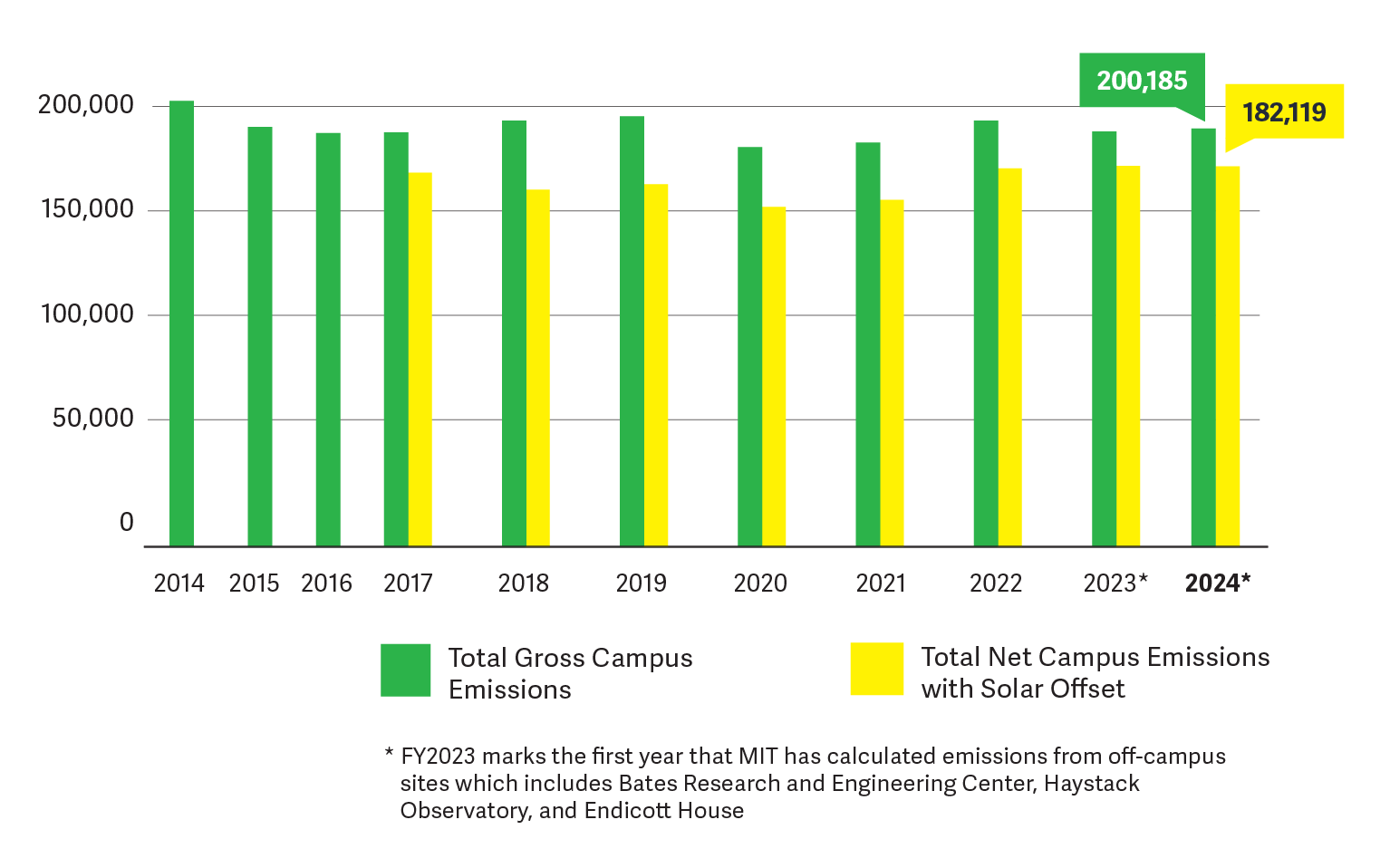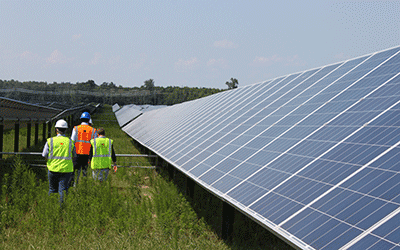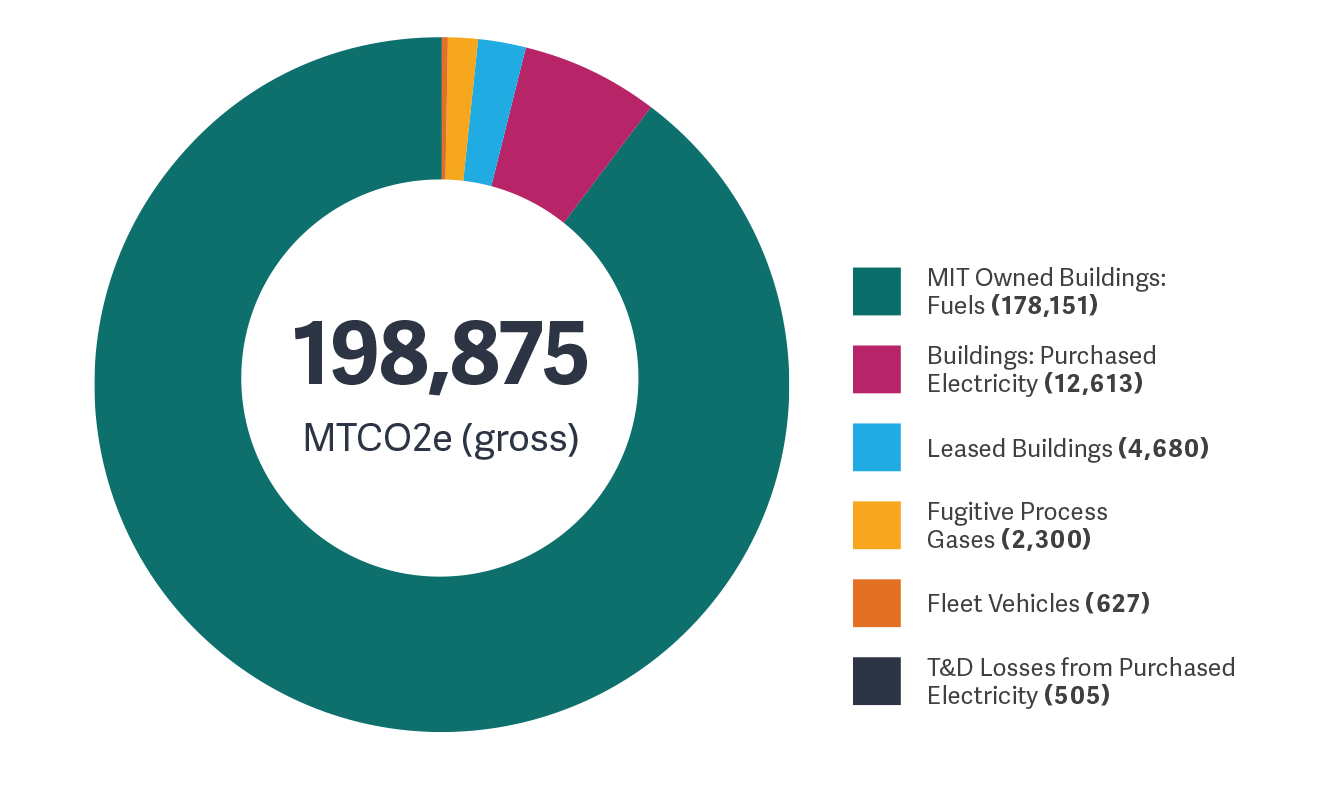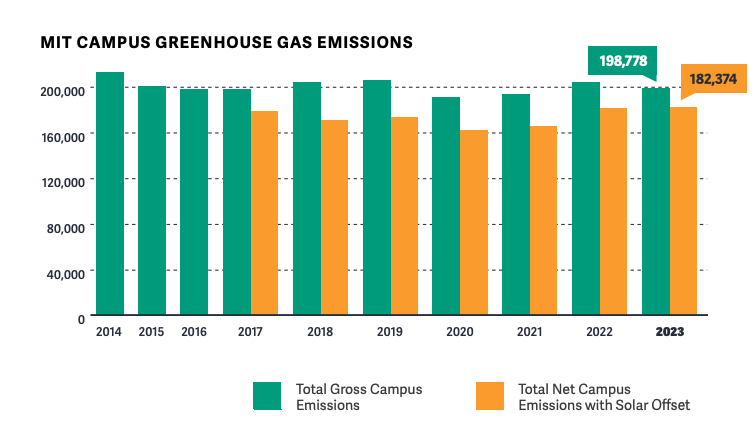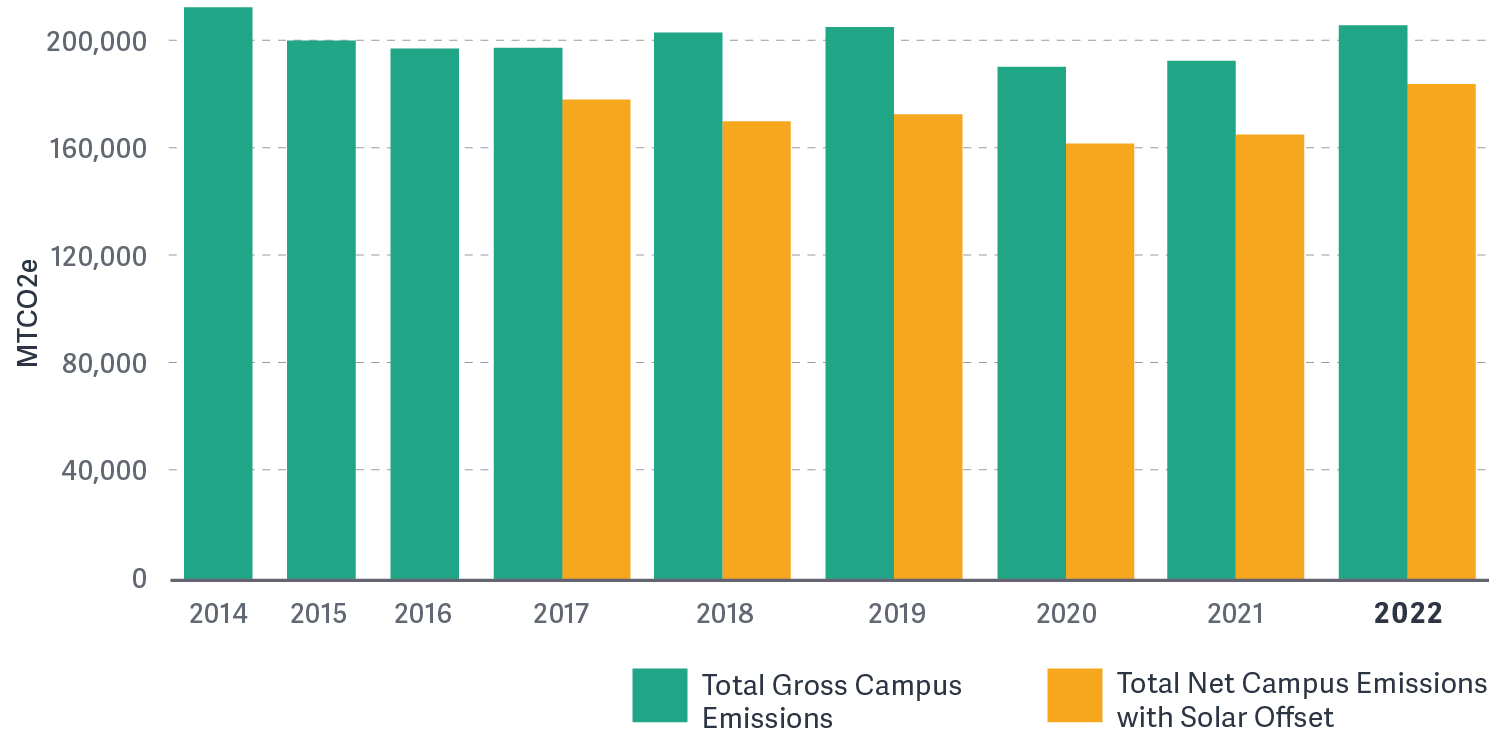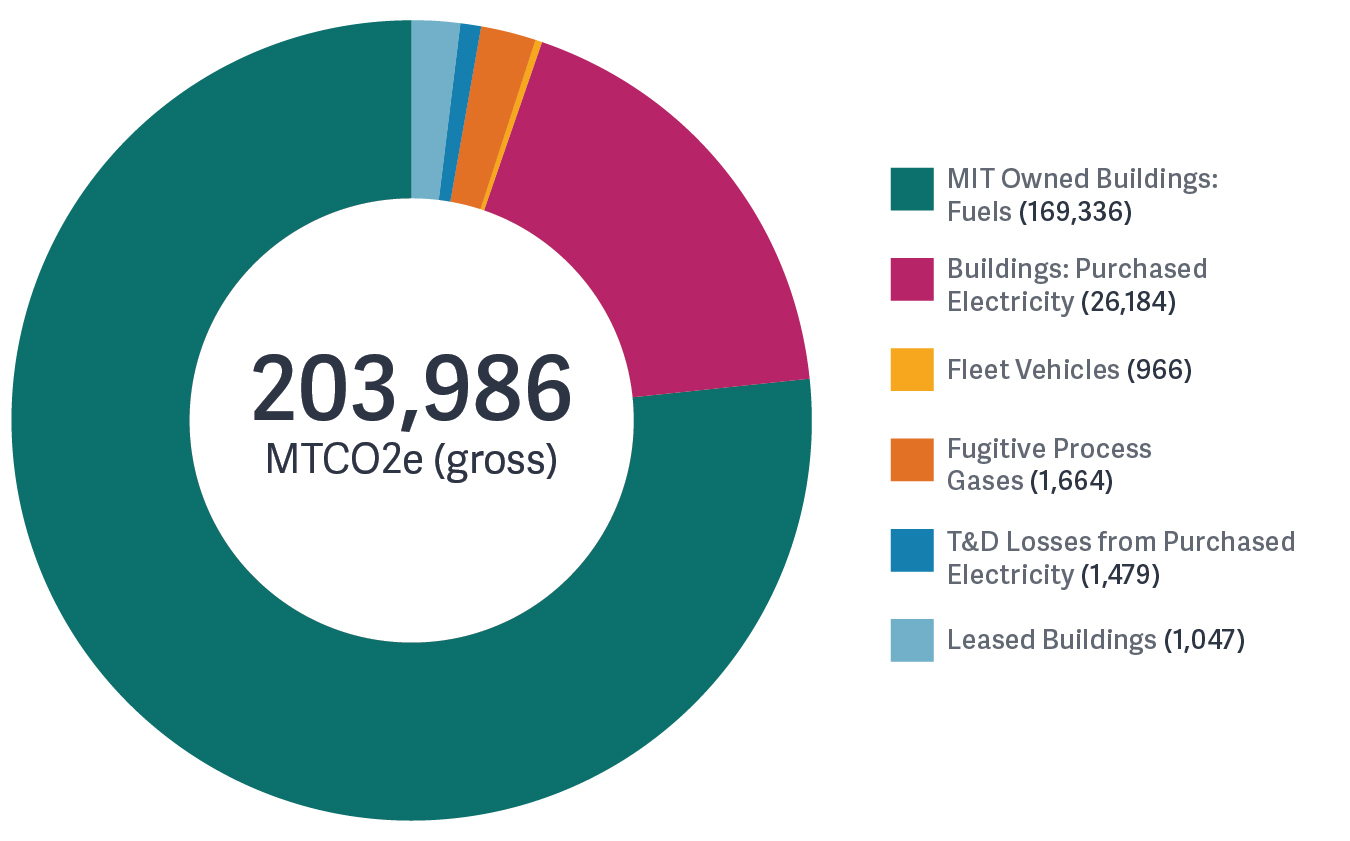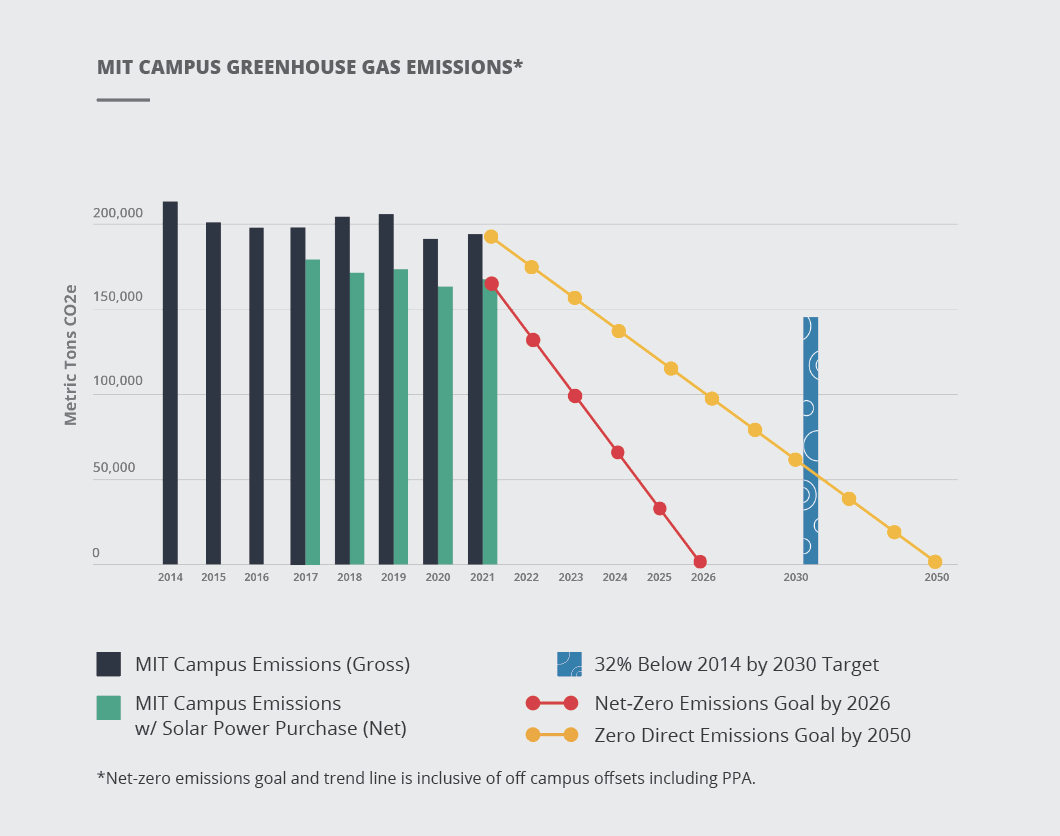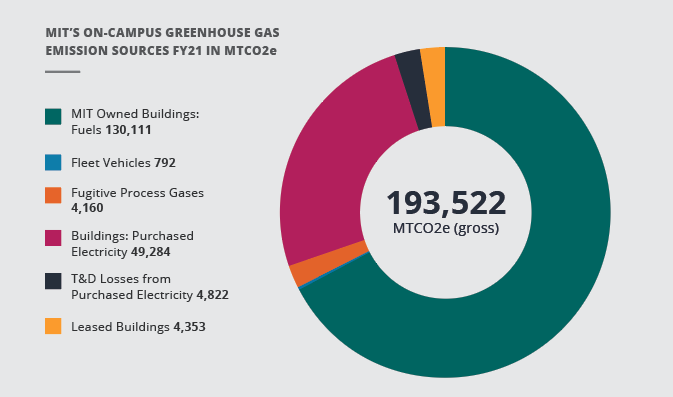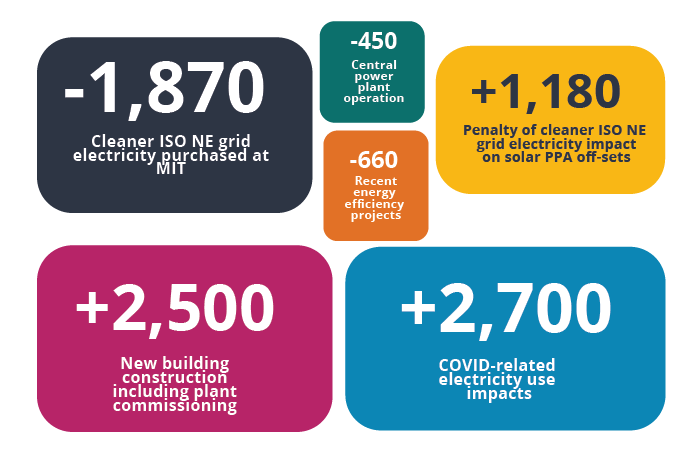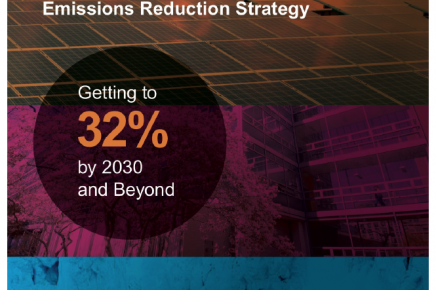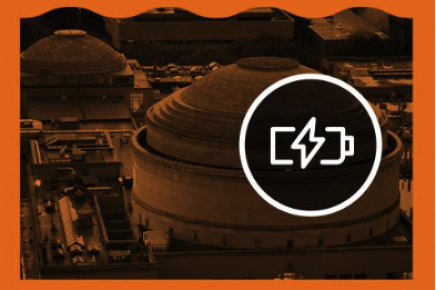Solar energy purchase contributes to progress toward goal
Recap for 2018
MIT continues to advance towards its 2015 goal of a 32% reduction in campus greenhouse gas emissions by 2030. Compared to 2017, net emissions, which account for the offset by the solar power purchase, have fallen 4.5%, bringing the total net emissions reduction to 20% below our 2014 baseline. Although on-campus gross emissions (which do not account for the solar energy purchase) increased 3% from 2017 to 2018, these emissions have dropped a total of 4% since 2014. Read the MIT News story here for more insight into this progress.
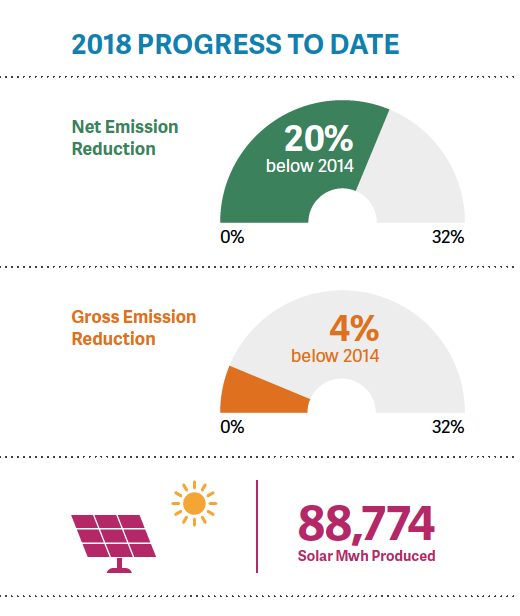
Solar energy purchase agreement update
Through the solar energy purchase agreement, Summit Farms produced 88,774 megawatt hours for MIT in 2018, contributing a net carbon offset of 33,040 metric tons carbon dioxide equivalent (MTCO2e). The power purchase agreement partnership between MIT, Boston Medical Center and Post Office Square, continues to be viewed as an important and scalable multi-party model for other organizations.
A deeper dive into the sources of MIT's emissions
In 2018 the largest source of MIT's greenhouse gas emissions is associated with the energy to heat, cool, and power our buildings. This is followed by the use of specialty gases that are used in research and operations, and then emissions associated with leased academic space, emissions associated with the transmission and distribution losses of purchased grid electricity, and lastly, emissions from use of fuel in MIT's fleet of campus vehicles.
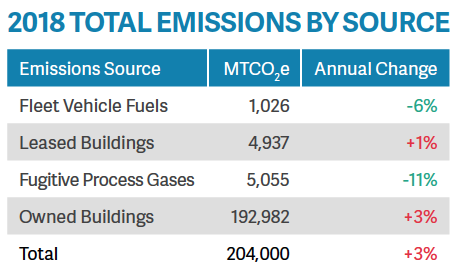
A note about gross campus emissions
In 2018, gross emissions from all on-campus sources grew slightly from the previous year. This can be attributed to a colder than usual winter, changes in efficiency within the central utility plant, and growth in energy use on campus including new construction. Since 2014, the size of MIT’s campus within the boundaries of our GHG inventory has increased by 2%. When emissions reductions resulting from MIT's purchase of solar energy are taken into account, MIT's net greenhouse gas emissions continued to decline. Read the 2018 GHG summary report below for more details.



